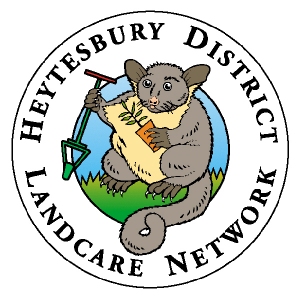Source: C.Hacking
for Surf Coast Inland Plains Network, August 2013
The results of the SOIL FIRST Project were gathered over a 12 month period from May 2012 to May 2013, across a total of 6 properties and 8 trials within a 30 km radius of the township of Moriac, Vic. The year started well in 2012, albeit the 'break' in the season was reasonably late in June. It was a reasonably wet winter, however the season finished very quickly, with very little rainfall being received from the end of October 2012 through to the start of June 2013. This no doubt impacted the trial results with perhaps lesser responses than may be expected in a 'normal' year. Saying this, the results are pleasing with some real differences showing up.
The key findings from the trial work were:
- Geelong Lime (Aglime (R)) applied to the growing pasture in autumn increased soil pH ie reduced acidity, without the need to cultivate the lime into the soil
- The most cost effective approach and that giving the best results, was to apply the full rate of lime in one dose, rather than splitting the application over the season
- Without lime application, the annual rate of acidification within the top 10 cm of the soil was approximately 0.18 pH (water) units on average across the lime trials
- Without lime application, the annual rate of acidification within the top 10 cm of the soil was approximately 0.2 pH (water) units on average across the biological trials
- When the full rate of lime was applied to the surface of the pasture in May 2012 as a single application, the average pH reading in the top 10cm of the soil across the same treatments within the lime trials in May 2013 was 0.42 pH (water) units higher than the control where no lime was applied in 2012
- There was a very high degree of pH variability within each of the small 1.5 hectare trial areas
- None of the biological products alone had any effect on raising or lowering soil pH
- The application of low rates of lime across the biology trials in the autumn of 2012, did not have any positive effect on soil biology levels when measured in May 2013. It could be argued that the addition of low rates of lime in fact depressed soil biology levels in some treatments
- There was greater variation in soil biology levels across replications than across the different soil biology treatments. It is suggested that winter water-logging was the key factor in reducing soil biology levels, rather than soil pH or the biology treatment themselves. More work needs to be done to determine the effect of water-logging on soil biology
- The addition of lime (full rate and half rate) had a stimulating effect on pasture growth across the lime trials, although not statistically significant to nil lime at some sites (P=0.05)
- The addition of low rates of lime (approximately 1 Tonne/ha), appeared to stimulate pasture growth across all biological treatments across the trial sites. This result however was not statistically significant (P=0.05)
- All treatments on average across the biological trial sites, including the inorganic fertiliser and biological treatments grew more pasture dry matter compared to the control. This result however was not statistically significant (P=0.05). The basalt rock treatment however gave no real benefit over the control nil treatment
- Across all sites there was a significant copper deficiency and soils were mildly to strongly acidic
|
|

